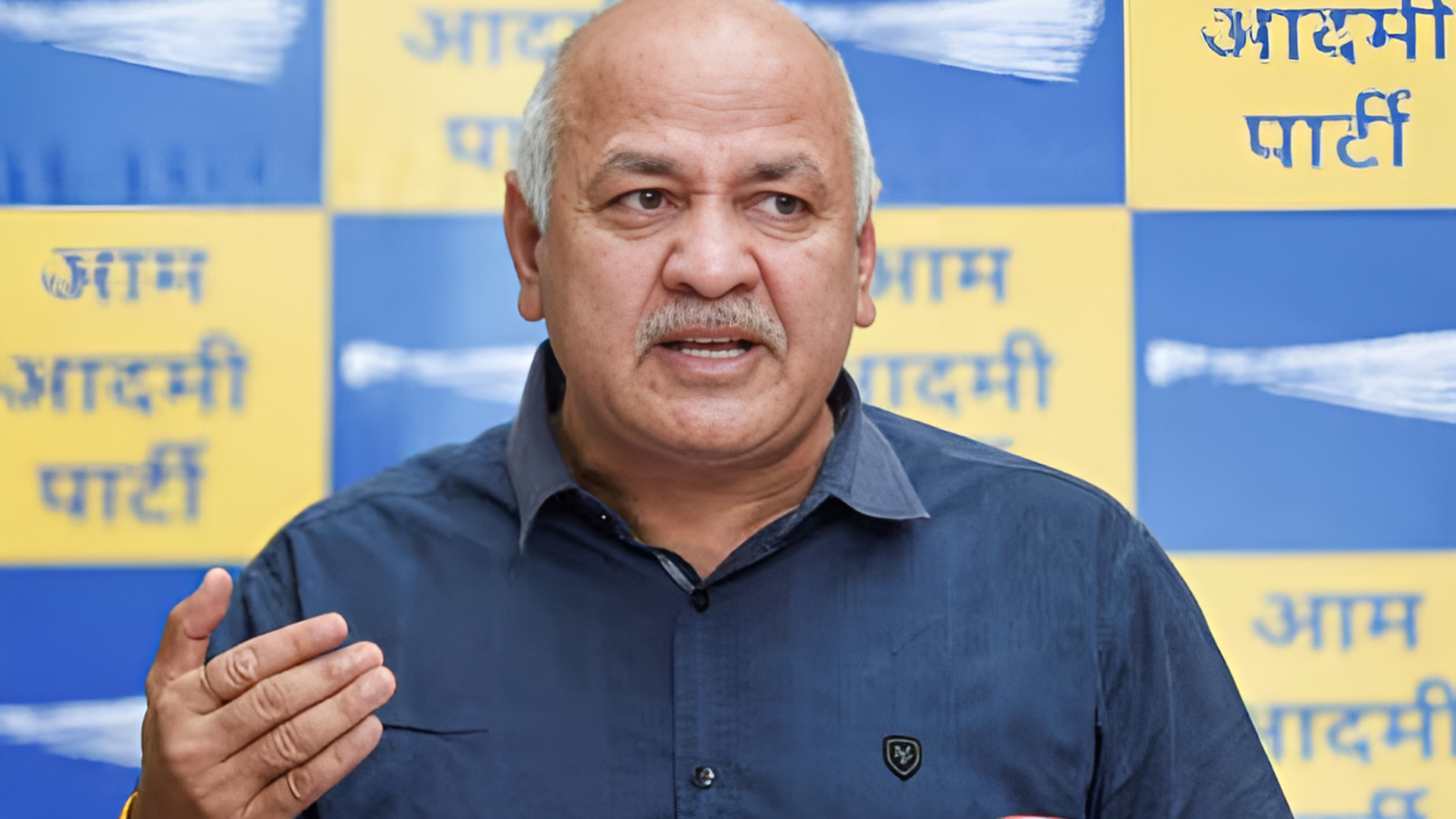


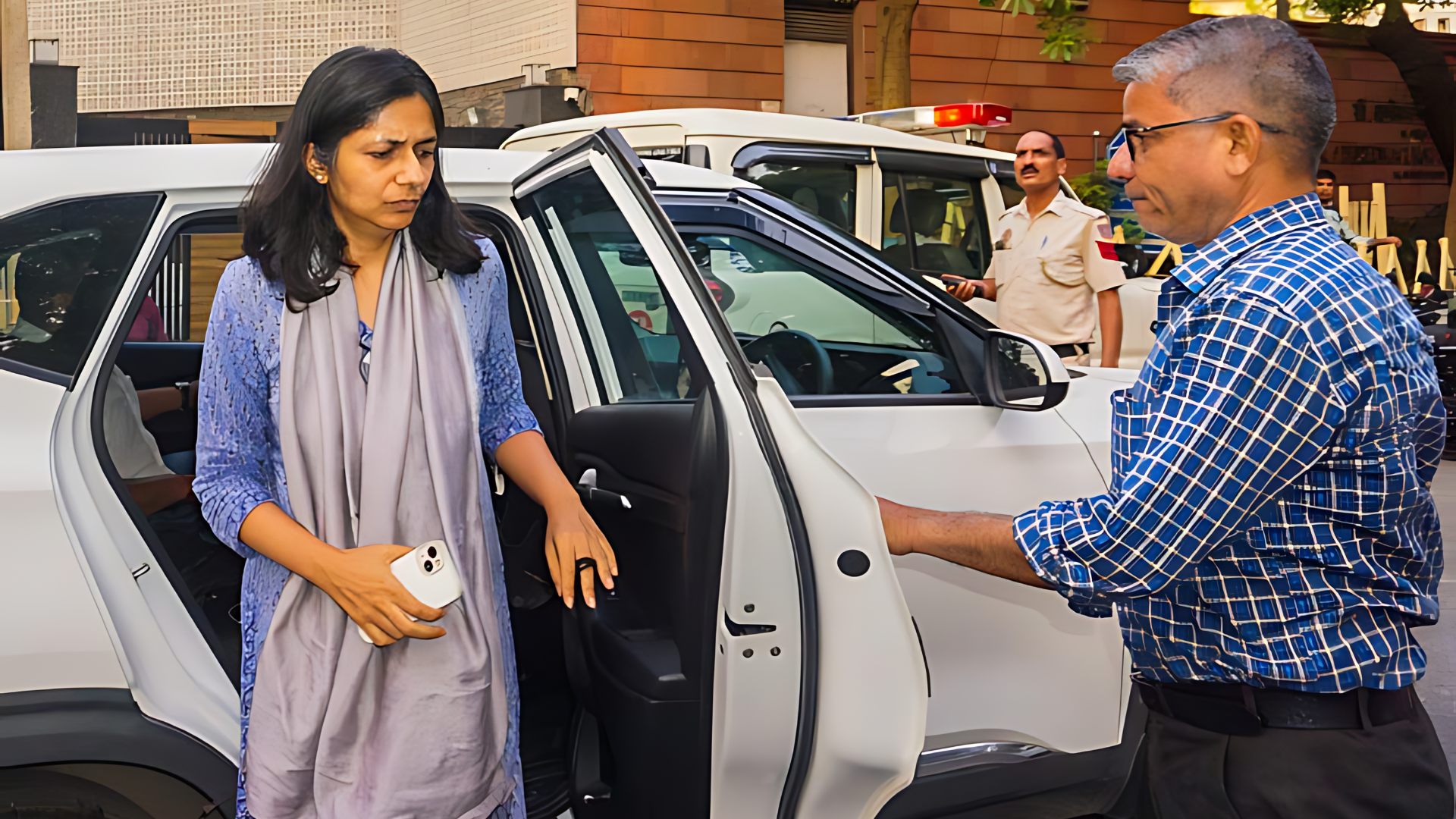

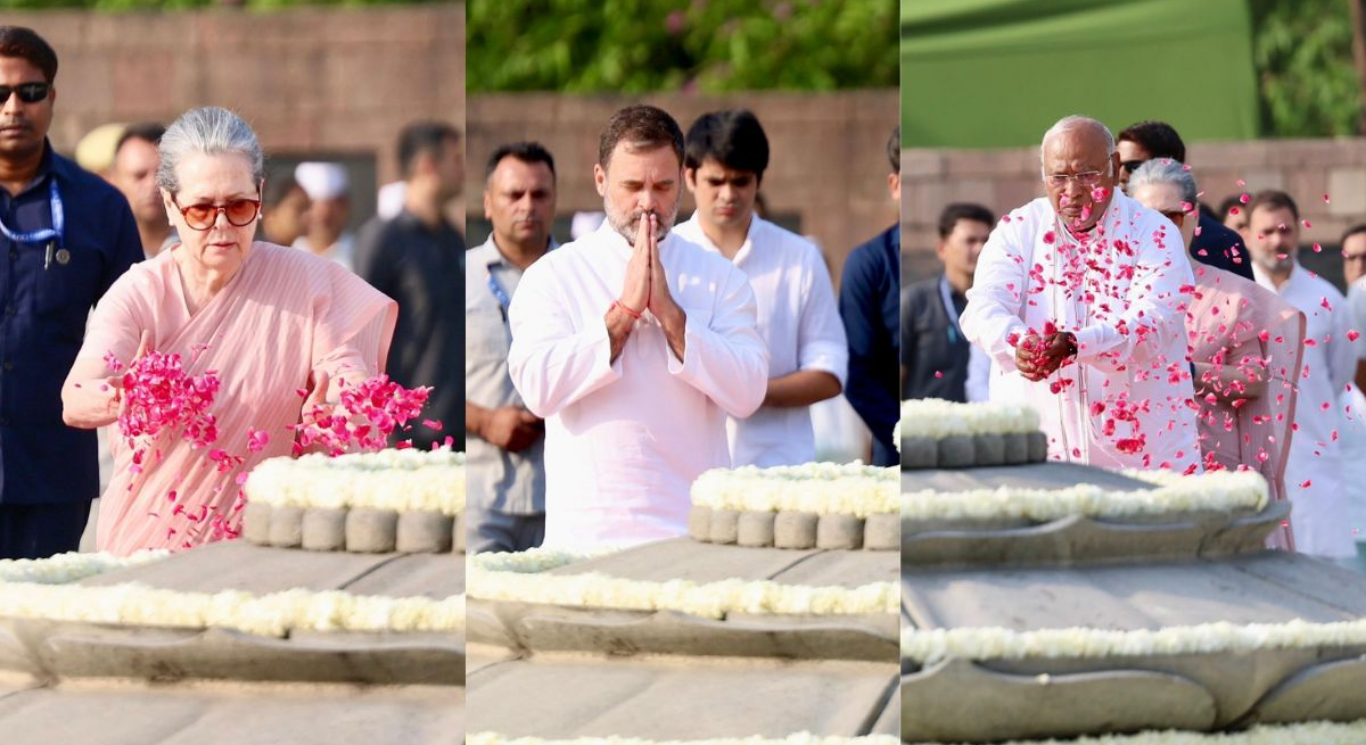
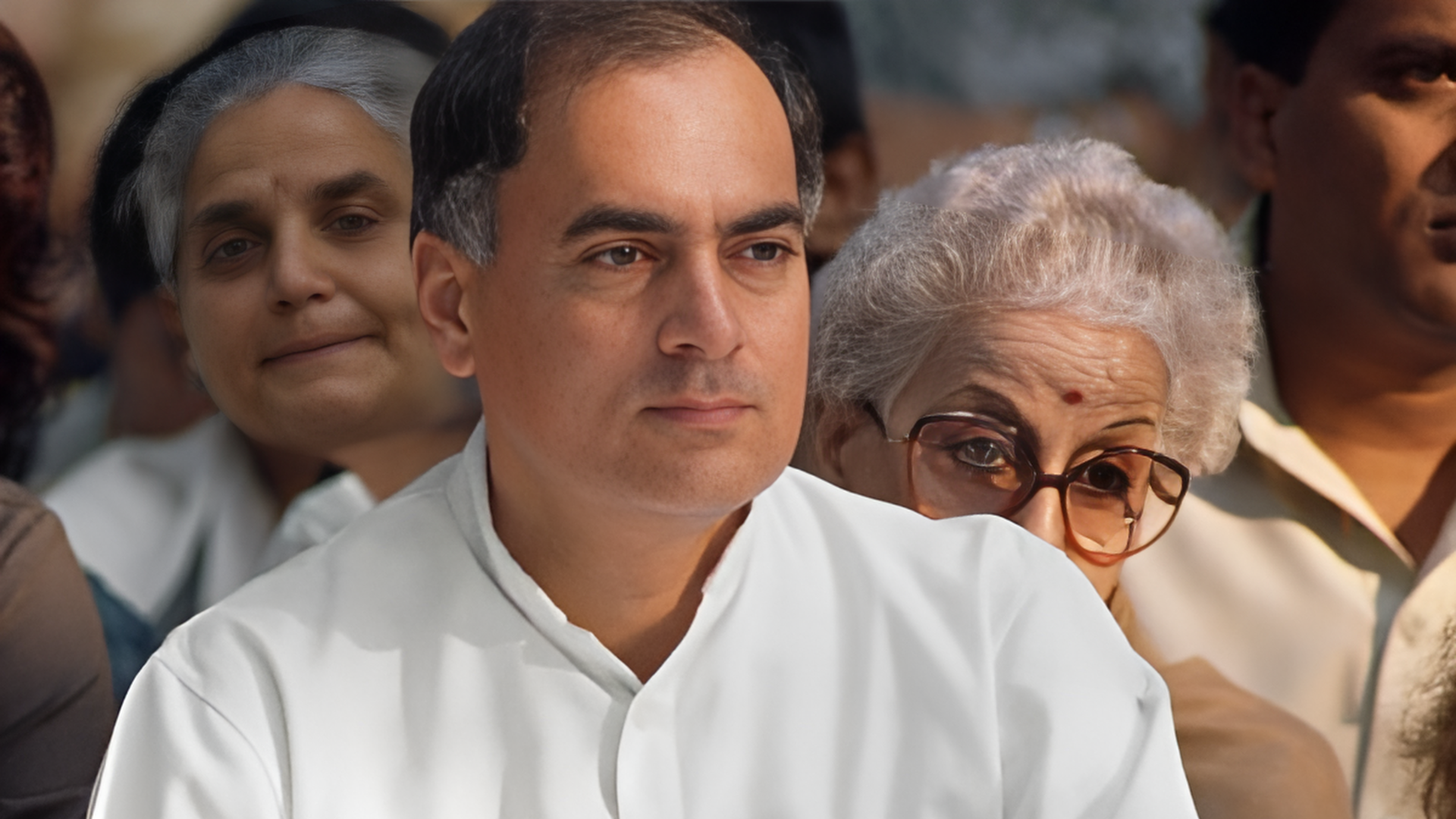
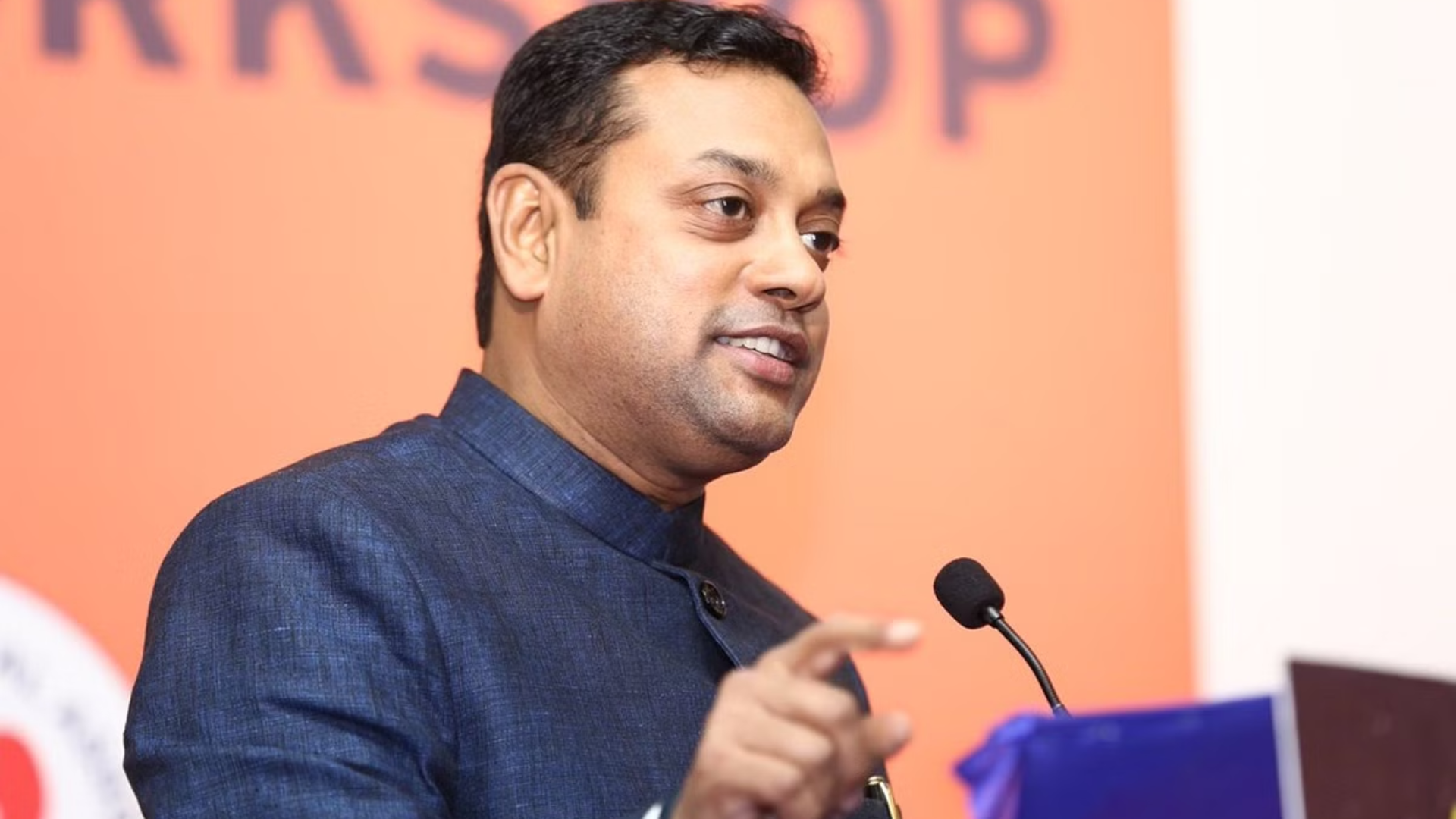

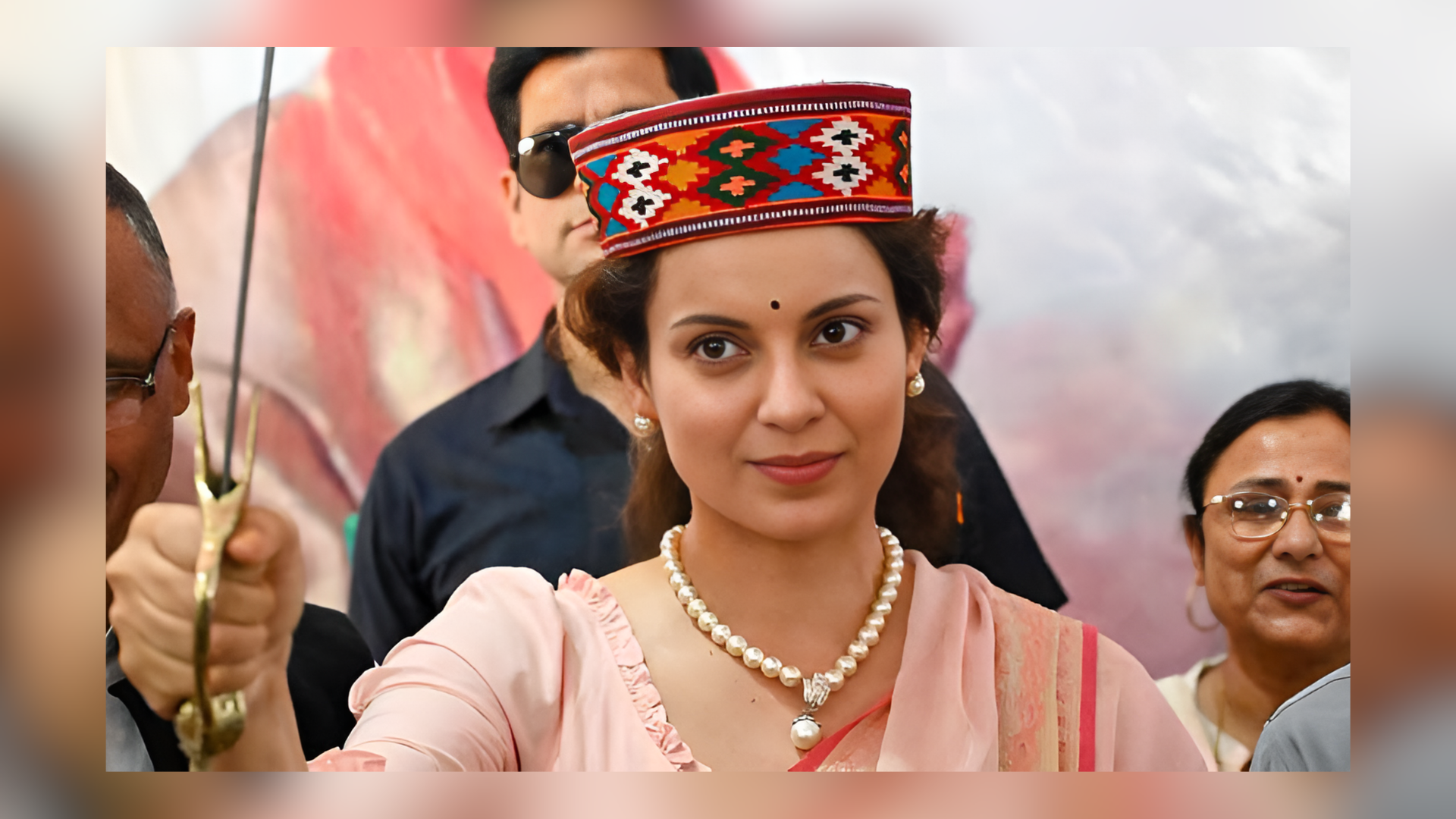
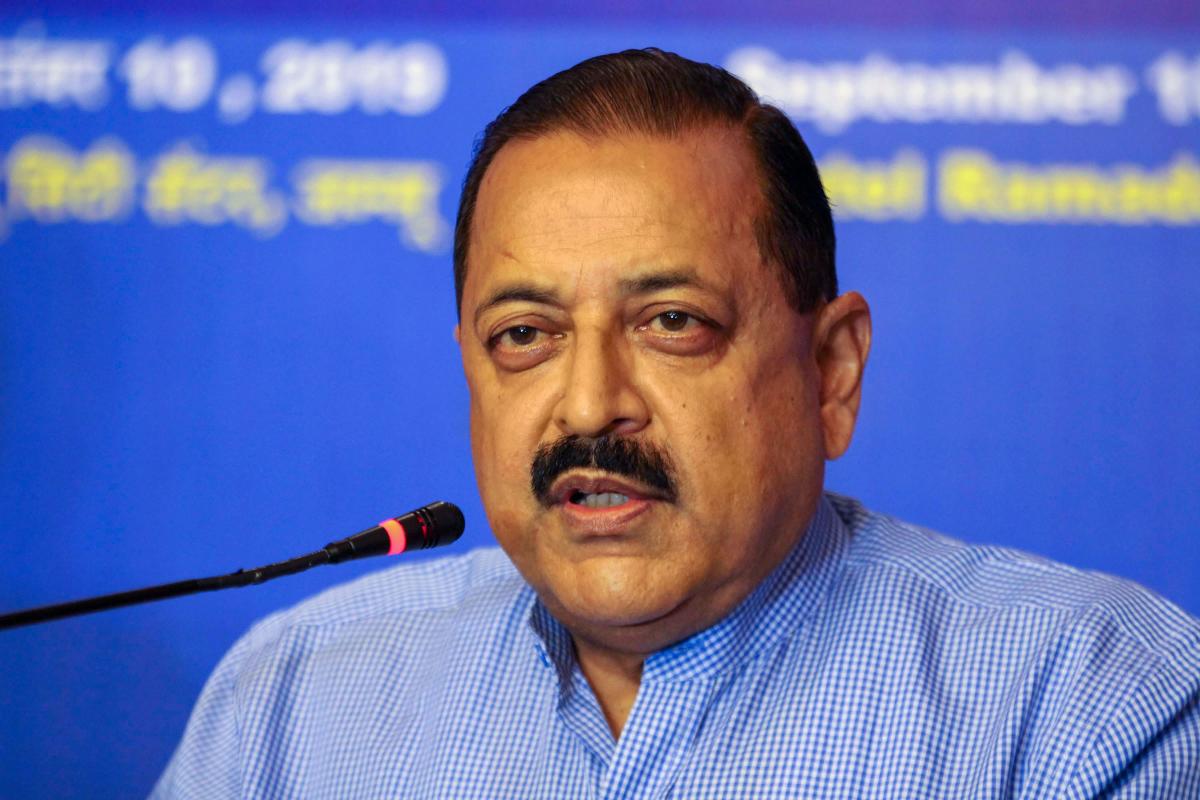
Union Minister Dr. Jitendra Singh praised the triumphant launch of Aditya L1, India’s first solar mission, calling it a “radiant milestone for India” that had captured the attention of the entire world with great anticipation.
Dr. Singh conveyed these sentiments while speaking to the ISRO scientists following the successful launch of the rocket carrying seven instruments for solar research, , the Union Minister said, “This is, indeed, a sunshine moment for India. Our scientists had been toiling night and day for years and years together for this moment.
The successful launch of Aditya L1 also testifies to the progress of space science and the whole-of-science and whole-of-nation approach that we have sought to adopt and imbibe in our work culture.”
Also congratulating fellow scientists, who were involved in the solar exploration project, Indian Space Research Organisation (ISRO) Chairman S Somanath said, “The Aditya L1 spacecraft has been injected in an elliptical orbit, in line with what the PSLV launch vehicle had set out to achieve. I want to congratulate my fellow scientists for ensuring that the launch vehicle puts Aditya L1 in the right orbit.”
On Saturday, at 11:50 am, the PSLV-C57.1 rocket successfully launched the Aditya-L1 orbiter from the Satish Dhawan Space Centre in Sriharikota, Andhra Pradesh. This marked the successful commencement of India’s inaugural solar mission by the Indian Space Research Organisation (ISRO), following the significant achievement of the Chandrayaan-3 lunar landing mission.
ISRO, in a historic achievement, had previously managed to place a lander on the uncharted lunar South Pole, establishing India as the first nation to achieve this remarkable feat.
The Aditya-L1 mission, as per the agency’s plans, is anticipated to arrive at its observation point in approximately four months. It is scheduled to be positioned in a halo orbit encircling Lagrangian Point 1 (L1), situated 1.5 million kilometers away from Earth in the direction of the sun.
This mission is equipped with seven distinct payloads designed for an extensive study of the Sun. Among these, four payload instruments will observe sunlight, while the remaining three will measure in-situ attributes of plasma and magnetic fields.
The Aditya-L1 mission includes its most substantial and technically demanding payload, known as the Visible Emission Line Coronagraph (VELC). VELC underwent integration, testing, and calibration at the Indian Institute of Astrophysics’ CREST (Centre for Research and Education in Science Technology) campus, in collaboration with ISRO.
This strategically chosen location provides Aditya-L1 with the ability to continuously observe the sun, free from interruptions caused by eclipses or occultation. This continuous observation allows scientists to study solar activities and their impact on space weather in real-time. Furthermore, the data gathered by the spacecraft will assist in identifying the sequence of processes leading to solar eruptive events, contributing to a deeper comprehension of space weather drivers.
The primary goals of India’s solar mission encompass an investigation into the physics underlying the solar corona and how it gets heated, the mechanisms driving solar wind acceleration, the interaction and dynamics within the solar atmosphere, the distribution and temperature variations of solar wind, as well as the origins of Coronal Mass Ejections (CME), solar flares, and their influence on near-earth space weather.
The Indian Institute of Astrophysics in Bengaluru has explained that the sun’s atmosphere, known as the Corona, is typically observed during a total solar eclipse. However, an instrument like the VELC, referred to as a coronagraph, has the capability to block out the sunlight from the sun’s disk, enabling continuous imaging of the much fainter Corona regardless of whether there is an eclipse or not.
Also Read: Aditya-L1 Mission Successfully Launched, EAM Jaishankar Hails “Another Feather in ISRO’s Cap”



